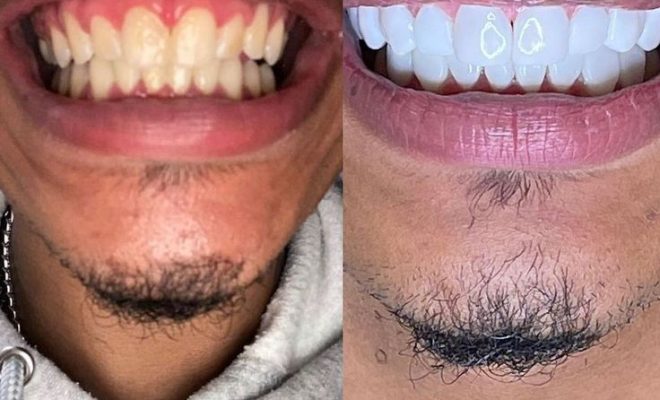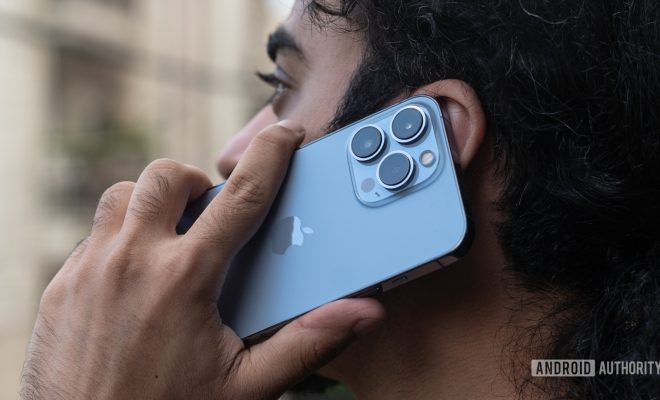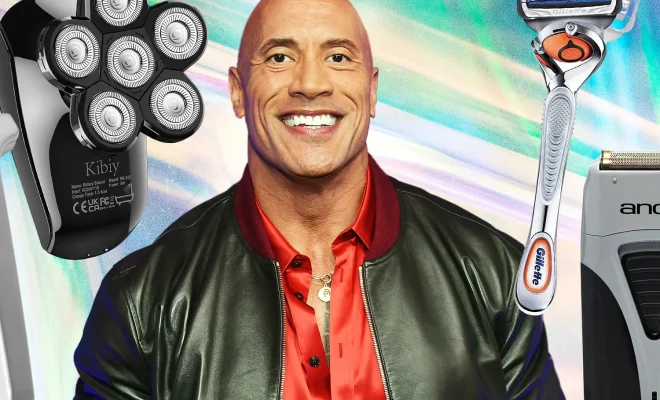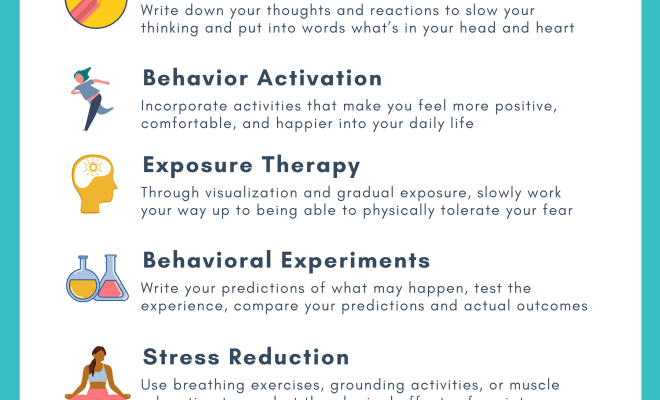The 6 Best & Worst Teeth Whitening Methods, According to a Dentist

Teeth whitening has become a popular cosmetic procedure for those looking to brighten their smile. With numerous options available, it’s important to know which methods are endorsed by dental professionals, and which ones you might want to avoid.
The 3 Best Teeth Whitening Methods:
1.Professional In-Office Teeth Whitening
In-office teeth whitening is performed by a dentist and is considered the most effective and safe method. It uses high-concentration bleaching gels that are not available over the counter. Results can be seen immediately after one session, making it a favorite for those seeking quick and prominent results.
2.At-Home Custom Tray Bleaching
This method involves the dentist providing you with custom-fitted trays and a professional-grade whitening gel. Though it takes longer than in-office treatments (usually a few weeks), it’s still an effective way to whiten your teeth under the guidance of a dental professional.
3.Over-the-Counter Whitening Strips & Gels
Over-the-counter products can also be safe and somewhat effective. They contain lower concentrations of bleach than professional products, but they can still achieve noticeable results over time if used correctly. The key is to follow the manufacturer’s instructions religiously.
The 3 Worst Teeth Whitening Methods:
1.Charcoal-Based Whiteners
Charcoal-based toothpastes and powders are trendy for their “natural” whitening claims but dentists often warn against them. Charcoal can be abrasive and may damage enamel, leading to increased sensitivity or even cavities.
2.Lemon Juice and Baking Soda Mixtures
Some DIY remedies suggest using lemon juice and baking soda to whiten teeth. However, this acidic combination can wear away enamel over time, making teeth more susceptible to decay.
3.Overuse of Whitening Products
Whether it’s over-the-counter strips, gels, or other types of whiteners, using these products too frequently can lead to tooth enamel damage, gum irritation, tooth sensitivity or uneven coloration. Always stick to the recommended usage frequency.
Remember that what works well for one person’s teeth may not work for yours, so consultation with a dentist is essential before starting any whitening regimen. Your oral health should be your first priority when considering teeth whitening options.






